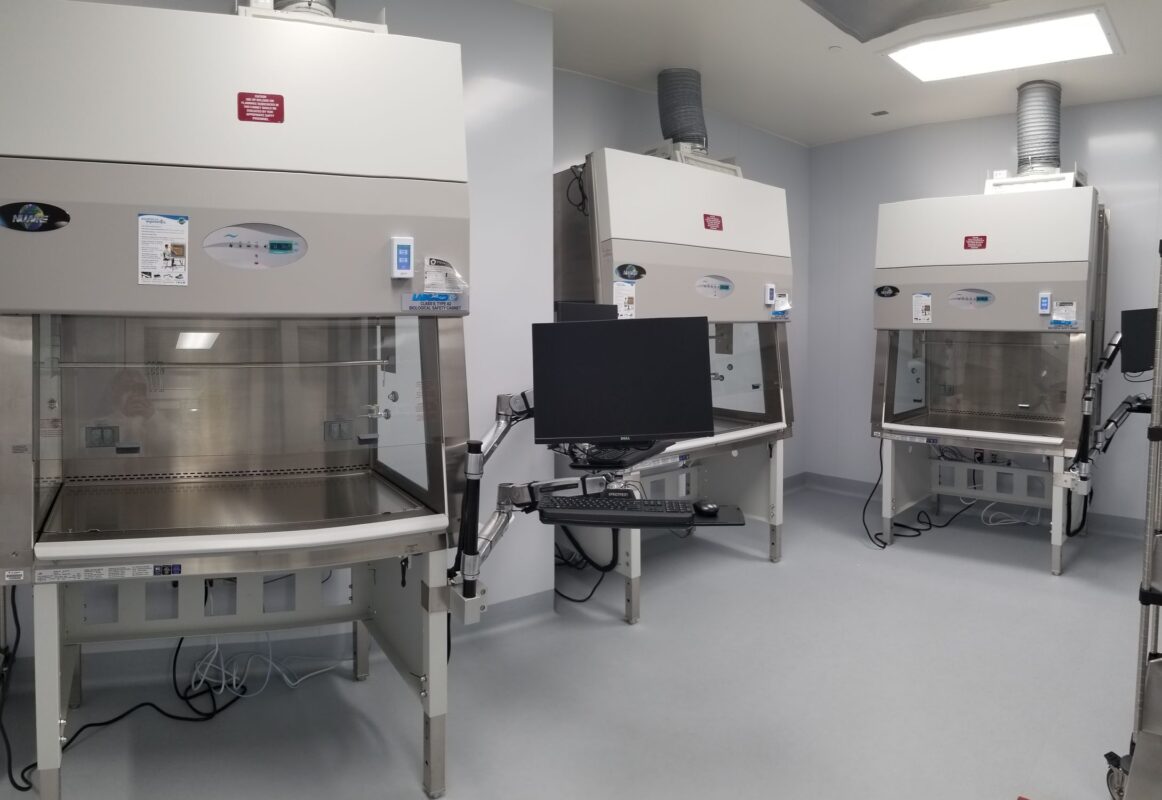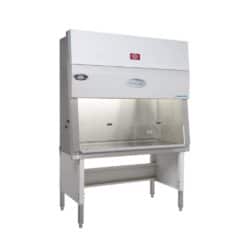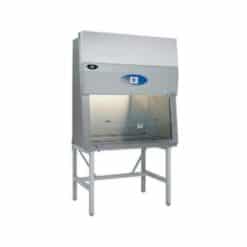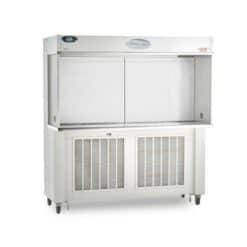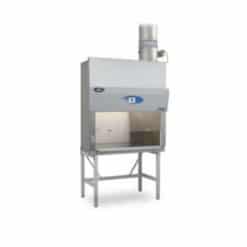No products in the cart.
New Laboratory Equipment
Purchasing a Biosafety Cabinet
Having a biological safety cabinet in a laboratory can be essential for the safety and protection of both the personnel in the laboratory and the products they are working with. If you are a lab manager who is in the market for purchasing biosafety cabinets, the following steps can help ensure that you’re purchasing the piece of equipment that is best suited for your lab.
1. ASSESS THE SAFETY RISKS
Biosafety cabinets are required in labs where biohazards are present. However, there are a variety of classes and types of cabinets available, so you should be sure that the cabinet you select is one that targets your specific safety risks. To make sure you’re selecting the right one, you should undertake a safety risk assessment, which incorporates the following four components: hazard identification, exposure assessment, dose response assessment and risk characterization.
2. CHOOSING THE PROPER SIZE
Another important consideration for biosafety cabinets is size. You want to be sure that the cabinet you purchase fits properly in your work space. First, consider the location of the installment, and ensure proper clearance. Next, locate the appropriate services — such as electrical outlets — to make sure the cabinet will function properly once it’s in place. Finally, make sure there is sufficient room in doorways and hallways to easily move and install the cabinet.
3. CONSIDER ERGONOMIC FEATURES
Lab staff may spend a lot of time working in or around the biological safety cabinet. For the comfort of workers, take into account ergonomic considerations when choosing your biosafety cabinet.
Cabinets should allow workers to sit or stand at a variety of heights while they work. Cabinets should also have attributes like comfortable forearm rests, proper lighting, quiet operation and an efficient work zone. As well as keeping lab staff comfortable, ergonomic features also help increase productivity and minimize the risk of injury.
4. INQUIRE ABOUT PRICING
Biosafety cabinets are long-term investments, so you shouldn’t just look at sticker prices before you buy. You should also consider the lifetime cost of operating the cabinet to ensure you’re investing an appropriate amount. The lifetime cost includes things like energy-saving features, service life and the product’s track record.
Biosafety cabinets are crucial for a safe and productive lab, but they usually only have about 15 years of usable life. GMI can help you determine whether it might be time to replace your lab’s biosafety cabinet, schedule a free consultation now.

